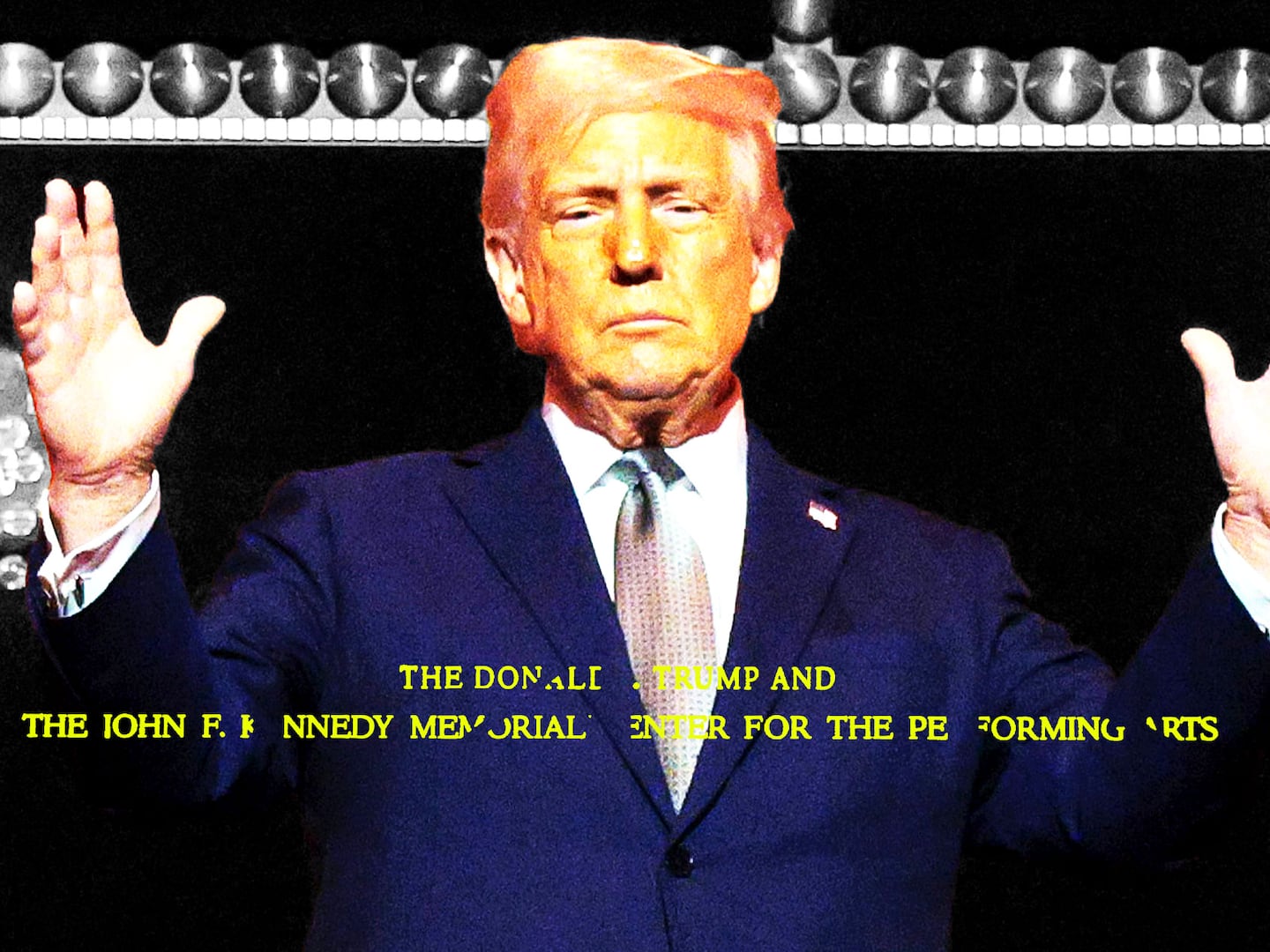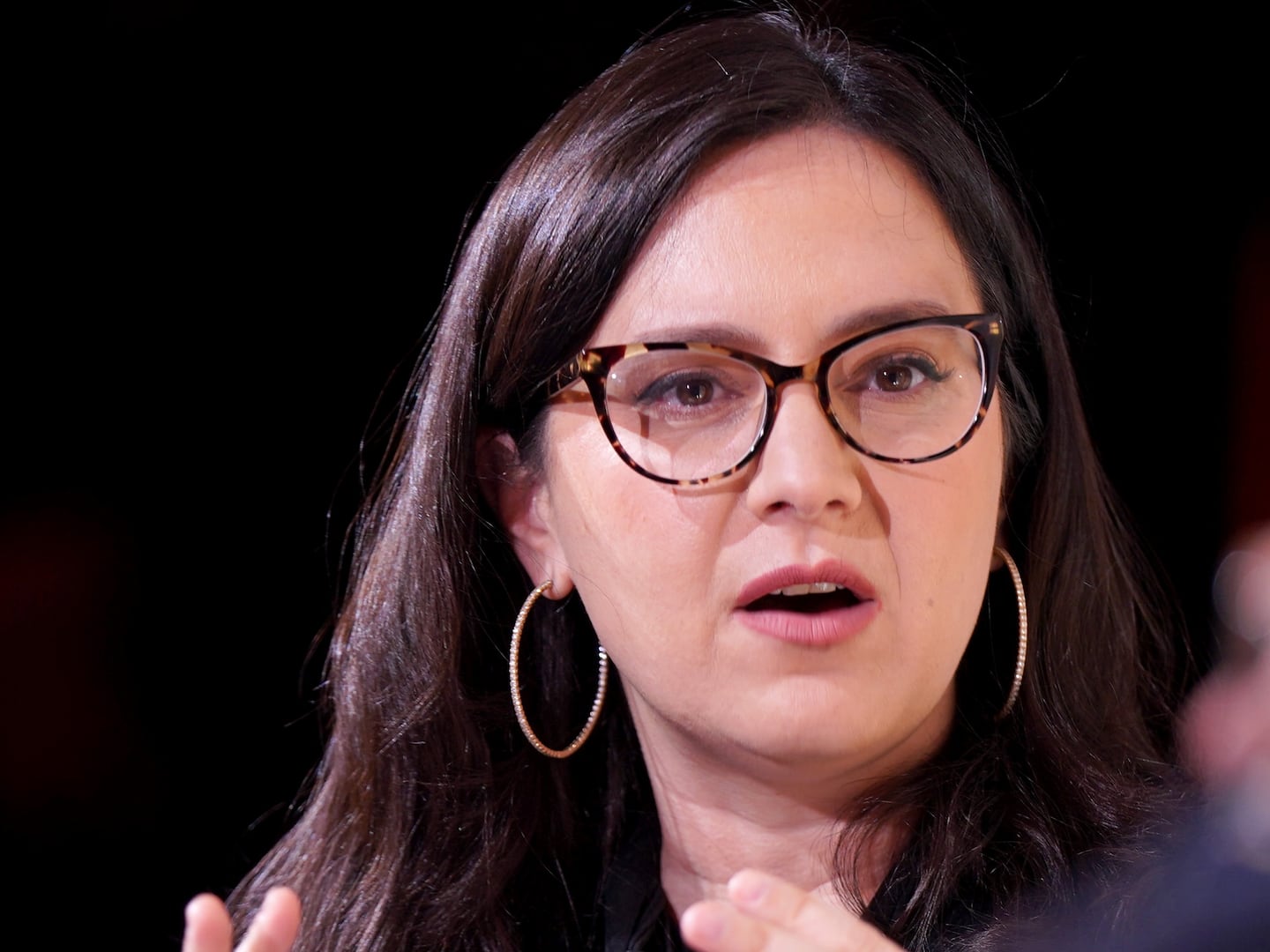The economic crisis in music has many facets, but the biggest problem can be summed up in simple terms. Tech companies have seized control of music from the record labels. Power has shifted from Hollywood to Silicon Valley, and most of the profits from music-making now enrich the coffers of Apple, Google, Amazon, Spotify, and other tech providers.
You don’t need a degree from Julliard to understand why this is bad for music. The people making the key decisions affecting musicians today have never written a song, produced a record, or played a gig. Their goal is to sell devices or generate clicks or convince consumers to sign up for Amazon Prime. Music, in many cases, is a “loss leader” for them. Apple, Google, and other tech giants would even be willing to give away every song in the universe for free if it helped them gain enough share in their base businesses.
Stop and think about the long-term implications of this shift. What happens when our music ecosystem is controlled by outsiders with no stake in the health of the art form? What happens when artistry is forced to serve technocrats who see creative talents as mere “content providers”? What happens when the dominant business model is built on squeezing profits out of songs and reinvesting them in new gadgets, watches, Google glasses, and the like? Well, that’s pretty obvious, no? You get a decimated music business and software developers earn ten times the wages of a typical musician.
How did we get here? The music industry itself must own most of the blame. The leading entertainment corporations simply sat and watched while tech companies took control of the downstream distribution of music over the last twenty years. Universal, Sony, and the other record labels could easily have developed their own iTunes and streaming tech—that software isn’t very complex—but they refused to do so.
Fast-forward to the present day. Apple generates more revenue from music than any record label in the world and, even worse, controls access to the consumer. Apple’s CEO Tim Cook now has more influence on the future of music than anyone on the planet, with Larry Page of Alphabet running a close second. Musicians now live and die based on decisions made in Silicon Valley boardrooms.
It’s still not too late for the music industry to wake up and wrest control of the business away from engineers and technocrats. They still have one huge advantage—they have a lock on the “content” (what we previously called “artistry” and “creativity”). Apple is hollow at its core without the music. Alphabet won’t get beyond its A, B, and Cs without a supporting soundtrack. The music business can still set the tune…if it takes the right steps.
If curious music moguls want to see how it’s done, they have a great role model—they simply need to look back at the leading entertainment company of the ’20s. The strategy that worked back then is still the right one almost a century later.
A few old-timers might remember RCA, once a dominant brand in both music and consumer technology. RCA was the most glamorous company in the world back in the ’20s. Under the leadership of David Sarnoff, the Steve Jobs of his day, RCA took the first “wireless technology”—what we now call the radio—and brought it into the households of America. Then in the ’30s, RCA developed the market for electronic turntables and laid the foundation for the modern recorded music business. RCA capped the decade by displaying a working television at the 1939 New York World’s Fair.
But here’s the most important fact about RCA: The company may have developed pioneering technologies, much like Apple today, but it was a music company at its heart. Through its acquisition of the Victor Talking Machine Company in 1929, RCA became the world’s largest seller of recorded music. The greatest musicians in the world were part of the RCA roster—Louis Armstrong, George Gershwin, Enrico Caruso, Sergei Rachmaninoff, Duke Ellington, Benny Goodman, Arturo Toscanini, Jimmie Rodgers, the Carter Family, and many others.
Company executives have a very different attitude towards music when they actually have artists such as Louis Armstrong and Arturo Toscanini under contract. They realize that the corporation’s success is inextricably linked to the creative work of the performer, and they work hand in hand with musicians to enhance the aesthetic experience of music.
RCA’s ribbon microphone, developed in 1931, added new warmth to Louis Armstrong’s vocals. RCA tube amplifiers helped countless musicians achieve a richer, deeper sound—and still fetch a high-price on the resale market today. RCA gave Duke Ellington enormous creative freedom, and this led to a body of work in the late ’30s and early ’40s that, in my opinion, ranks among the most important American music of its era. But many critics fail to recognize how much better the sound mix is on these records than on competitive products on other labels. Again and again, RCA put its technology at the service of the artist, rather than the other way around (the formula practiced by tech companies today).
This strategy of using technology to boost the artist’s success continued into the ’50s and ’60s. RCA invented the 45 rpm single in 1949, and this fueled the careers of the leading stars of the next decade, including Elvis Presley (under RCA contract), the biggest-selling recording artist of the era. In 1954, RCA made its first stereo recordings, featuring the Boston Symphony Orchestra (under RCA contract). Technology empowered the artist, and both the company and musicians benefitted.
But the most revealing chapter in the history of RCA took place in the ’60s, when the company commercialized color television. By this juncture, RCA was a dominant player in television content as owner of NBC, and the corporation realized that they needed exciting color TV shows on its network in order to sell this new consumer electronics innovation. So RCA invested heavily in creative content as the foundation for marketing its “devices.” Color TV took off, and both RCA and performers shared in the success.
In other words, RCA was the mirror image of Apple Computer. It was a company that championed creativity and hired the most impressive roster of artists on the planet during the middle decades of the 20th century … and then built the best technologies to showcase this talent. Apple, in contrast, may want to hire the best software or engineering talent, but it doesn’t want those pesky musicians under contract. The company’s business model is based on squeezing the musician to fund new initiatives in other areas.
From the sound-on-film technology to Technicolor, RCA was always looking for the next innovative platform to feature creative professionals at their best. Not every bet paid off. The 8-track tape developed by RCA lost out to the cassette technology pushed by Phillips. RCA’s quadrophonic sound technology was a flop. RCA tried to enter the computer business, but stumbled badly.
The RCA magic finally wore off when the company started forgetting about the artists. The retirement of David Sarnoff in 1970 could symbolize the end of the golden age of RCA. That same year RCA announced acquisitions of Banquet Foods, a leading supplier of frozen meals, Coronet Industries, a carpet manufacturer, and Cushman & Wakefield, a major real estate company. A few months later, RCA exited the computer business, and acquired two more frozen food companies.
What were they thinking? When Japanese consumer electronics companies ramped up their presence in the US during the ’70s and ’80s, RCA was not prepared to withstand the onslaught. RCA Records also faltered during this period, as its executives lost touch with new trends in music. By the mid ’80s, the company was losing money on its albums. Soon after, RCA was acquired by General Electric, swallowed up by a corporate culture focused on selling hardware—from refrigerators to power generators—not artistry.
But the RCA model is still the right one for the music industry. The major record labels should invest in building their own tech, instead of living off the crumbs from Apple and Google’s table. And they should create technology platforms that are designed with the primary goal of showcasing artistry in the best way possible.
Maybe then consumers wouldn’t have to live with the lousy compressed sound coming out of Silicon Valley devices. Maybe then we could enjoy streaming services that actually told us the names of the musicians and composers. Maybe then we would have albums with liner notes and photographs and all the other extras that have disappeared down the digital rabbit hole. Maybe then we would have a music business controlled by decision-makers who love music and understand what it needs to flourish.
It’s not too late, but it may be soon. Fortunately, the strategy was already laid out back in the ’20s. It’s still there for those who pay attention.






